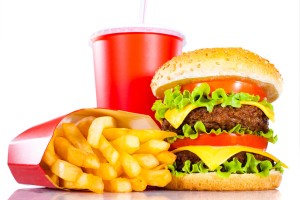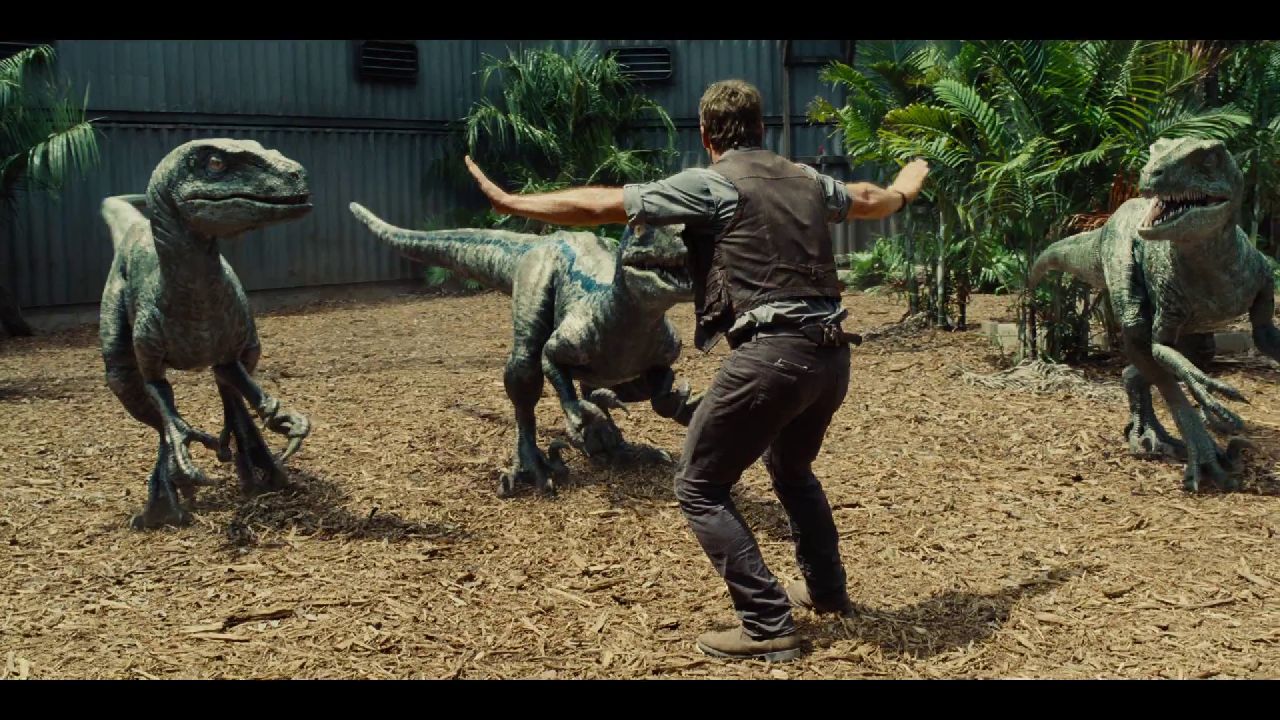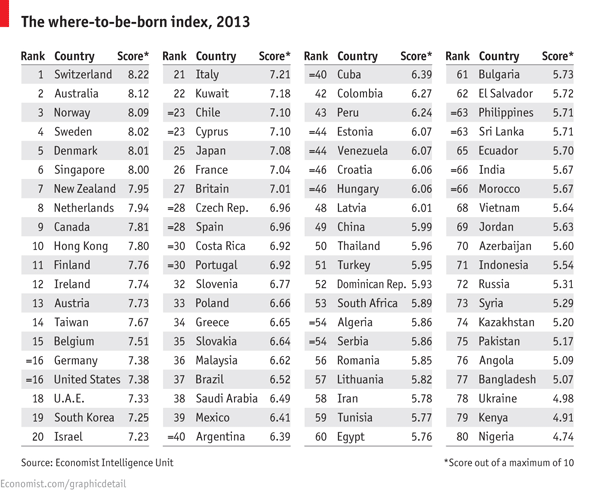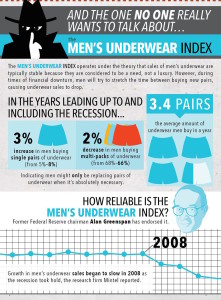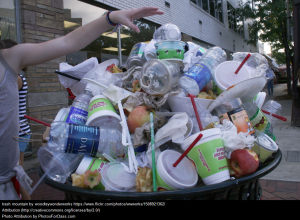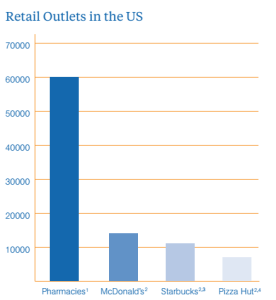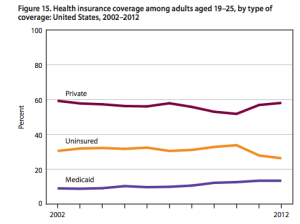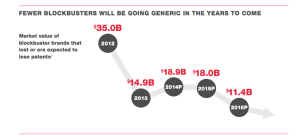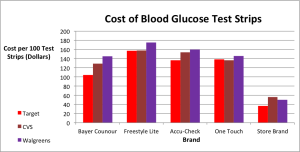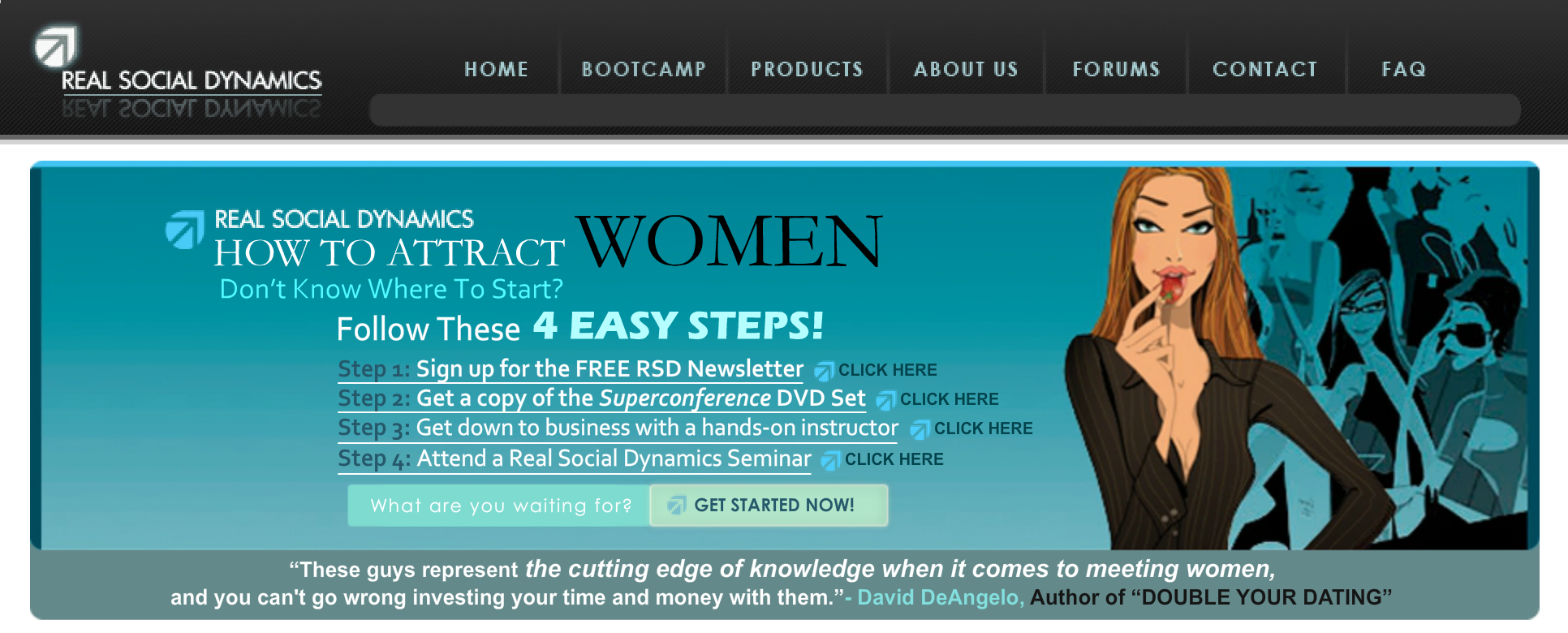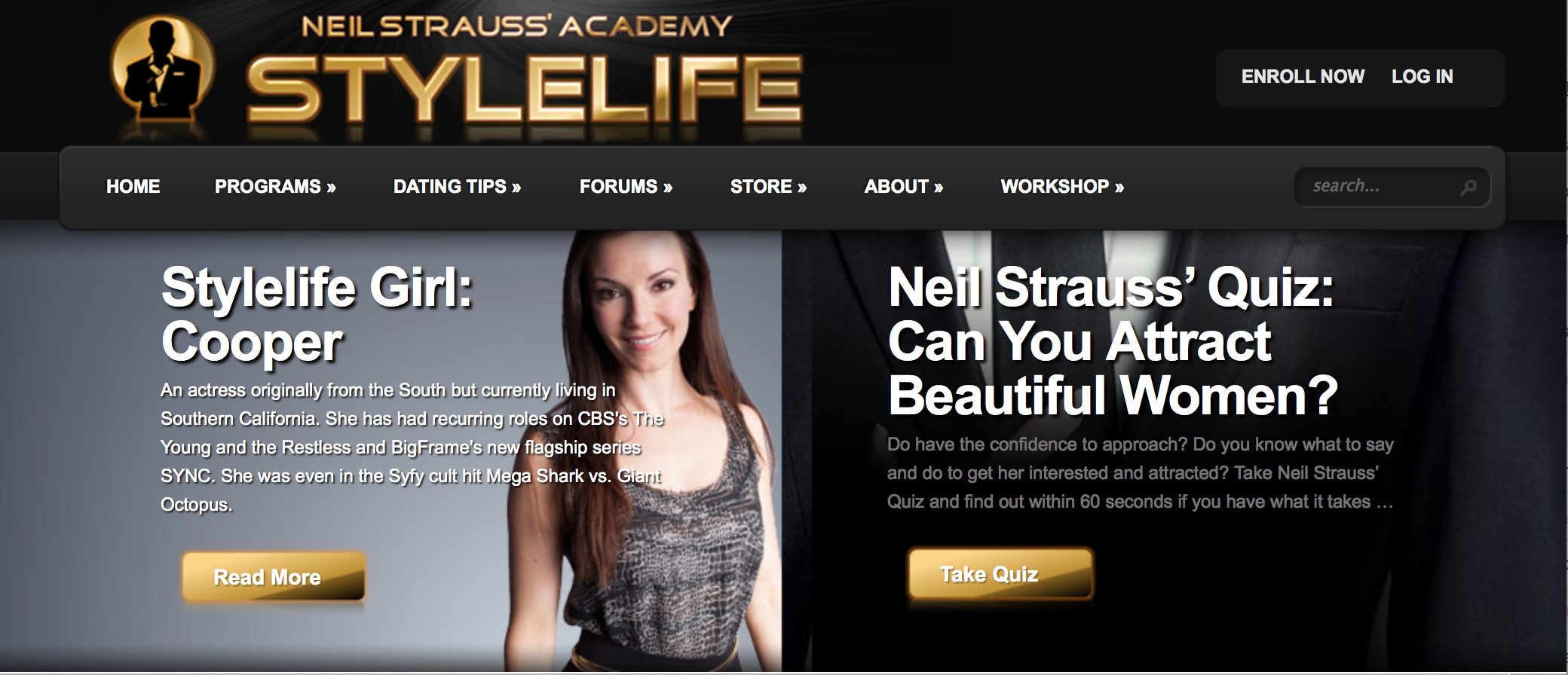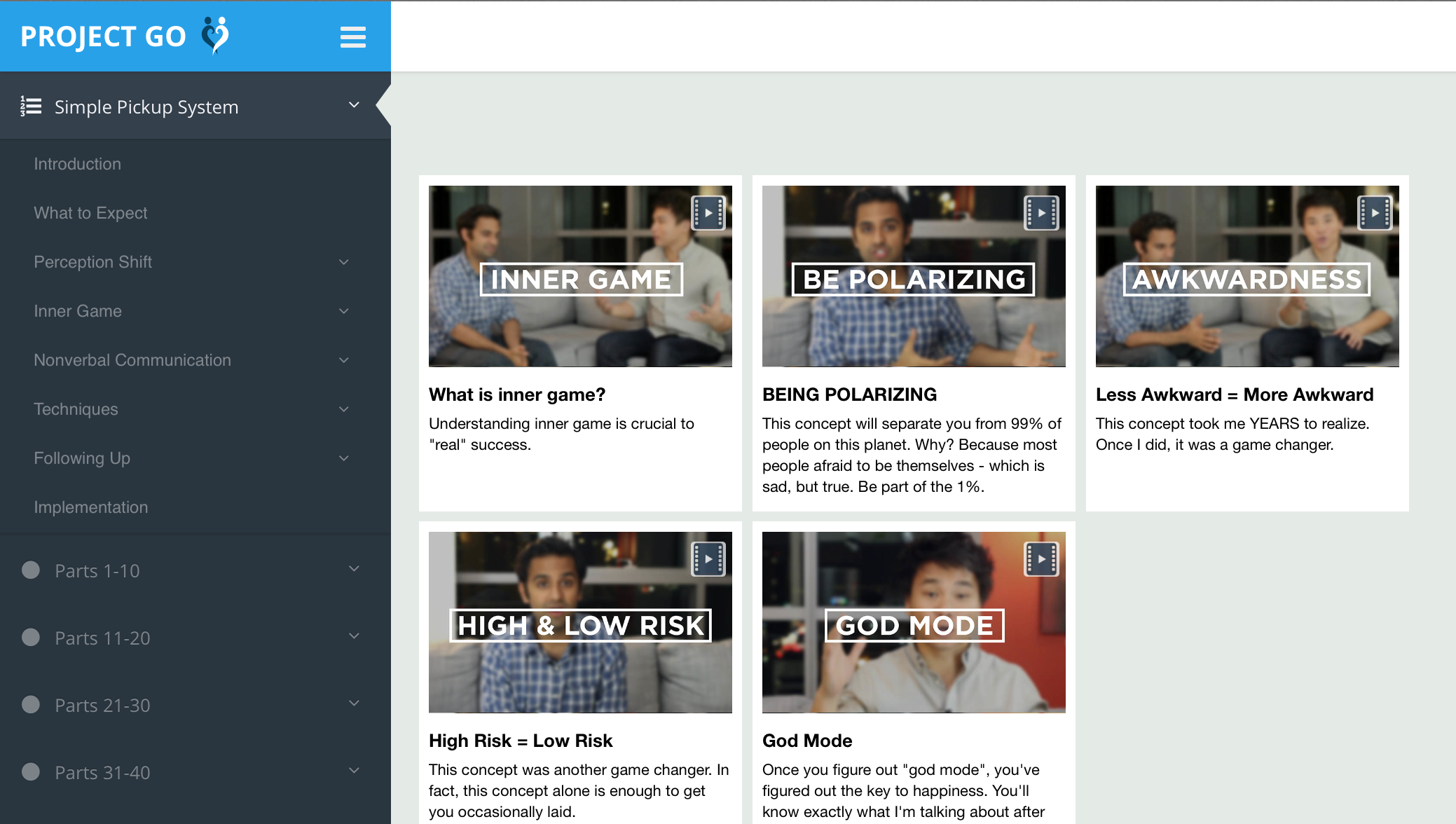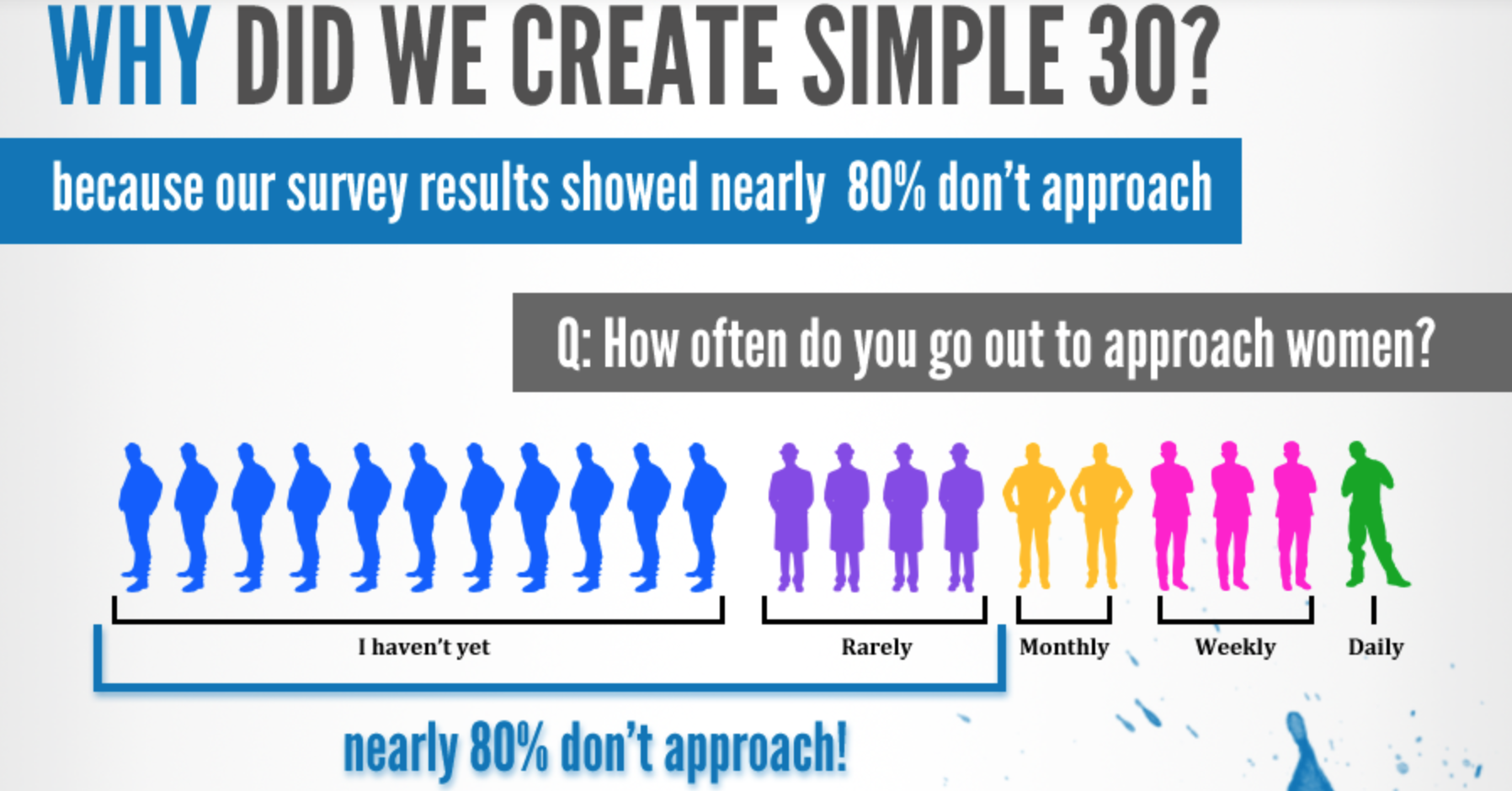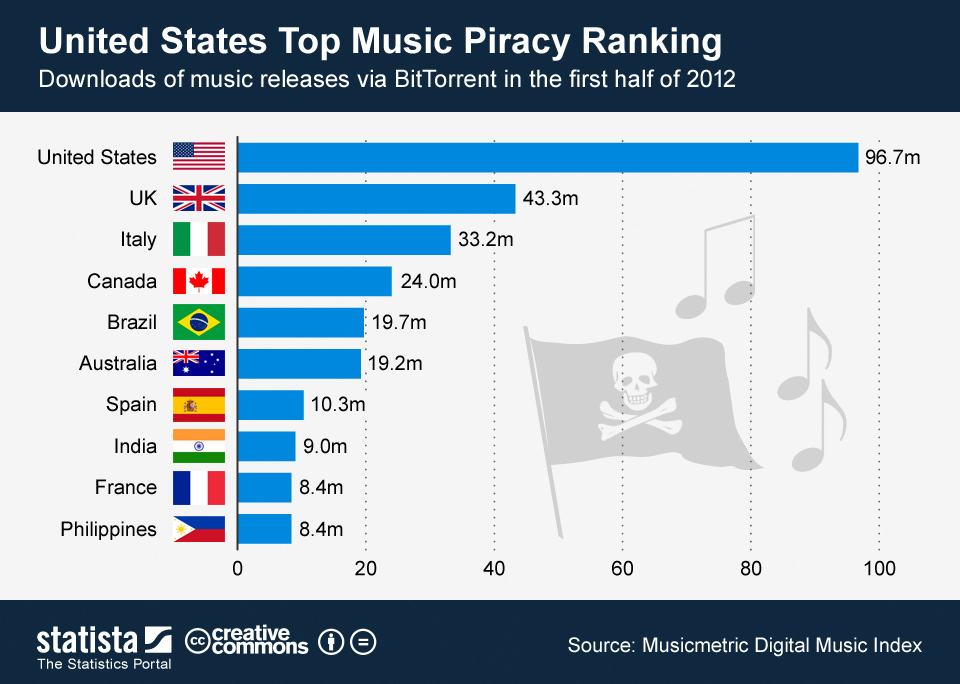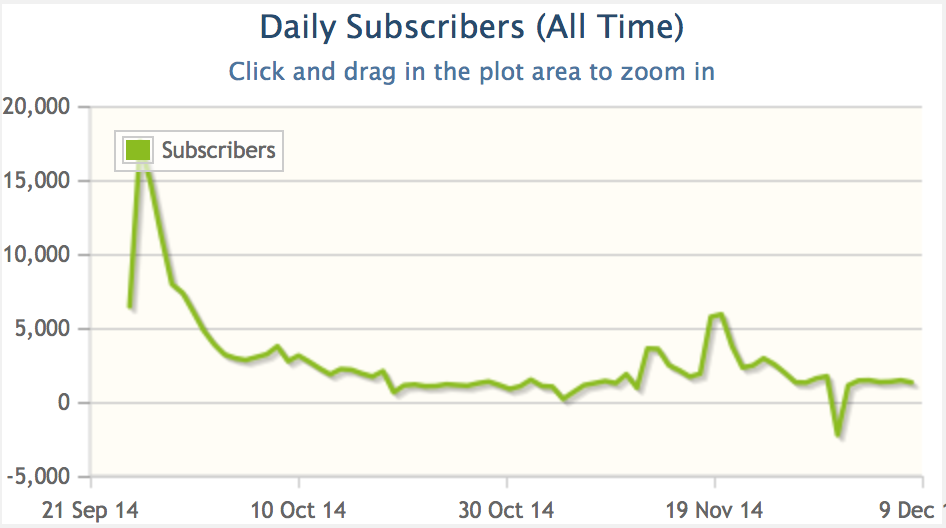It is no secret that Americans love their fair share of fast food. Whether it’s sugary donuts or greasy burgers, Americans are suckers for fast food of any kind, hence making us the number one biggest consumer of fast food in the world. So what are some fast food economic indicators?
According to “The Economist” magazine, during economic downturns, fast food restaurants across the country surprisingly do well amidst the downfall. Fast food restaurants did much better than pricey, more sophisticated restaurants during this period of time. This is because people would want to spend as little money as possible during these downturns, and thus choosing the less expensive food over costly ones. In the event of when long term recession makes even fast food restaurants fail, these fast food restaurant chains can still continue to survive by cutting their prices and do more advertisements across the country.
Contrary to the last paragraph, no amount of cheap food can stop some people from eating at home to save money. During the 2008 recession, unemployment rates were at an all time high, thus fewer and fewer consumers were dining out. This led to the merger of Wendy’s and Arby’s, which expanded the market share of both fast food chains, making it the 3rd largest food chain in USA. Due to this merger, the fast food chain also increased its costumer base, pulling consumers from 2 different fast food chains into 1. Therefore, I will not be surprised if more fast food chains do a merger in the future if there is ever going to be a recession again, as it will benefit the chains during this period of time.
Due to the health kick that everyone is in lately, consumers began to demand fruits and vegetables to be included in the menu of fast food restaurants. More and more Americans became more picky when it comes to the food they eat and the calories they burn each day. There was a sudden increase of menus with healthier options in well known fast food restaurants such as McDonald’s and Chickfila. They began introducing salads and fruit cups into their menus, some restaurants even began serving grilled chicken as a healthier alternative to fried chicken. According to QSR Magazine, 2011 sales for McDonald’s outperformed the company’s sales in 2009, by a whopping $1.5billion. The difference in sales was mainly due to the addition of fruit smoothies and salads into the fast food chain’s menu.
In conclusion, these are some of the economic indicators of the fast food chains in America. As long as there is never a repeat of the horrific 2008 recession in the near future, the future of the fast food industry seems to be bright in America.
